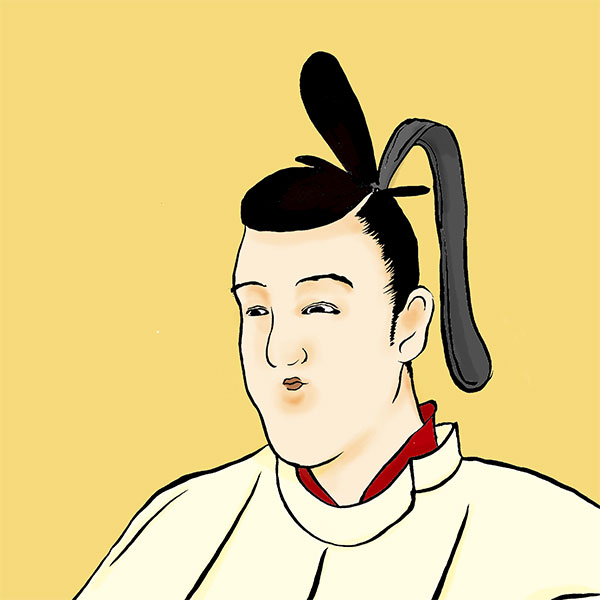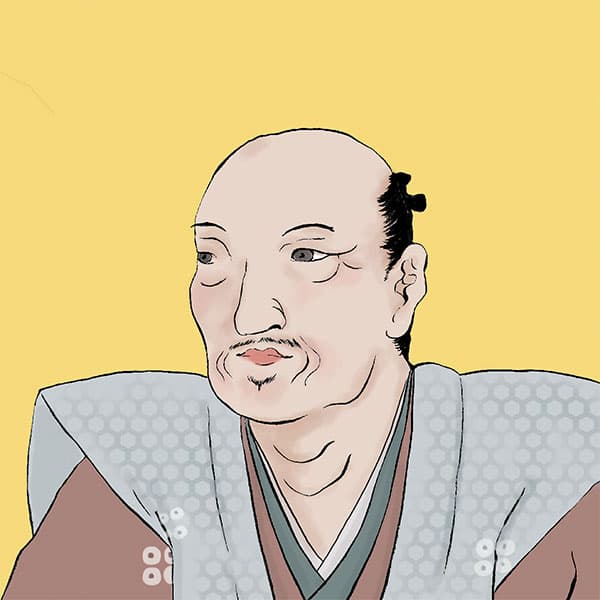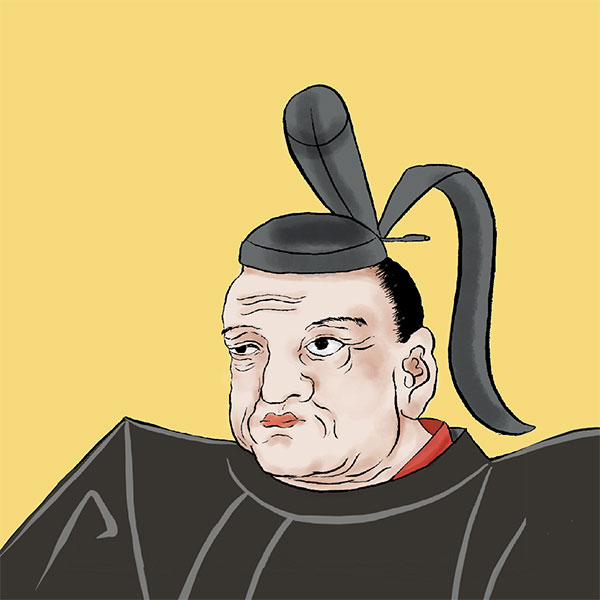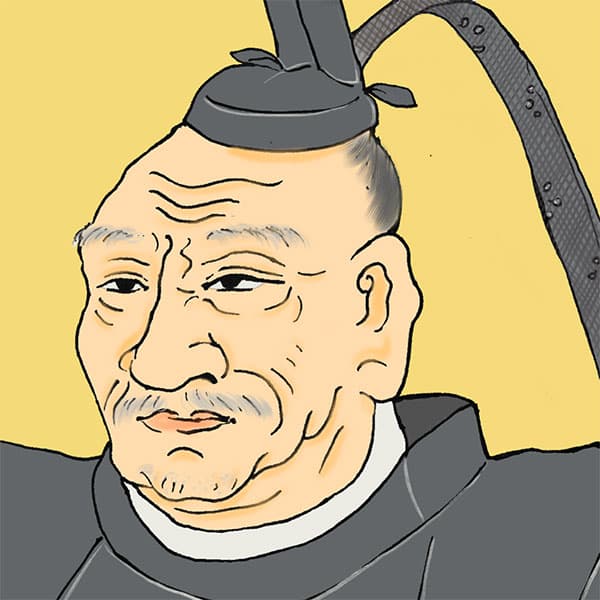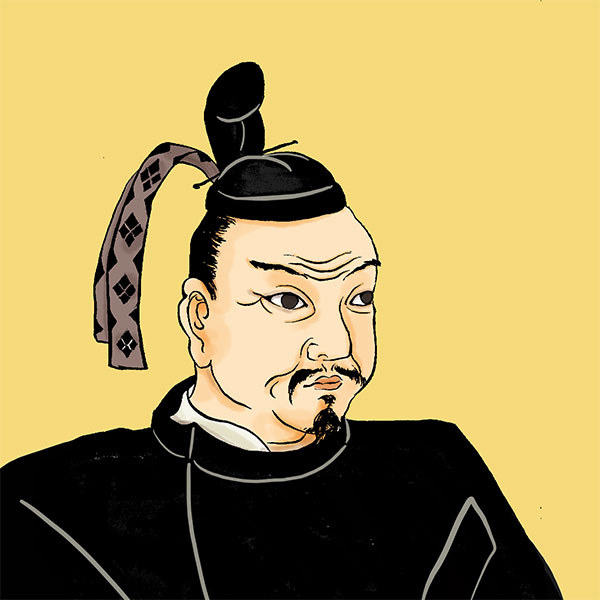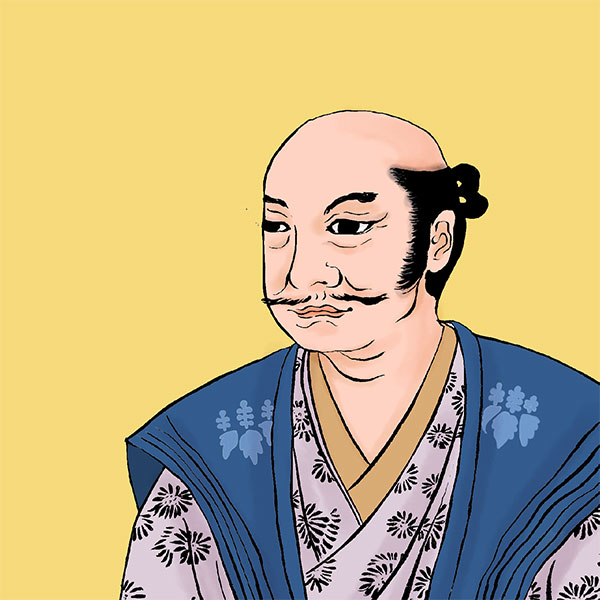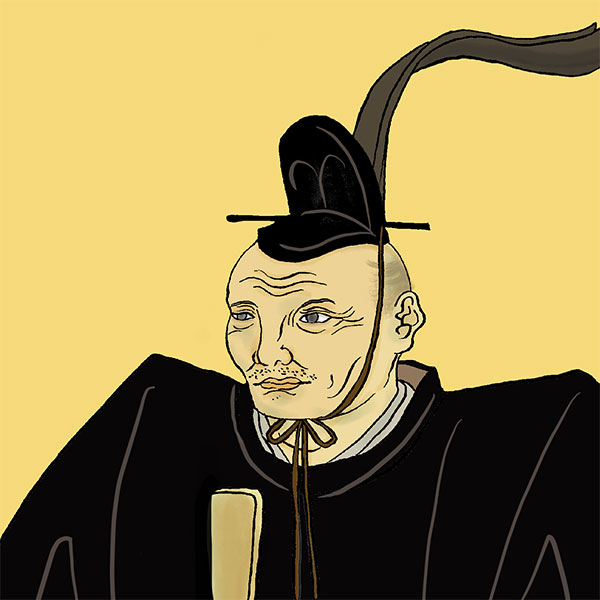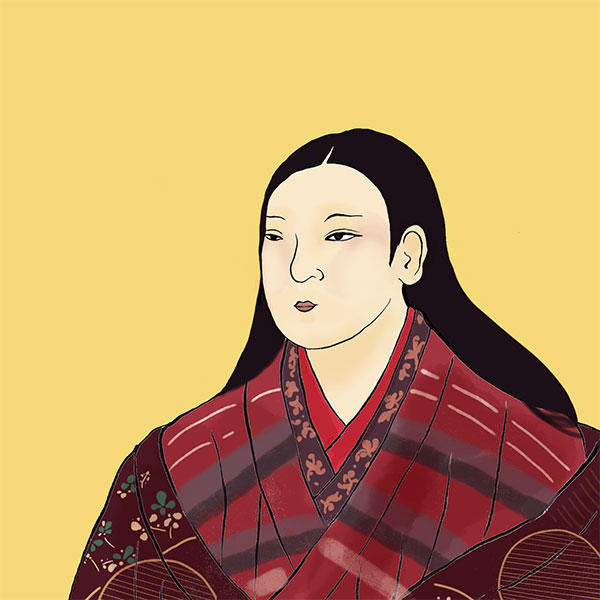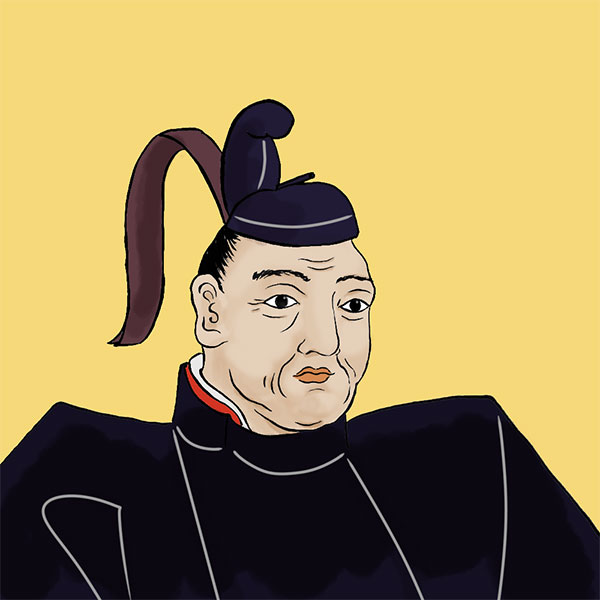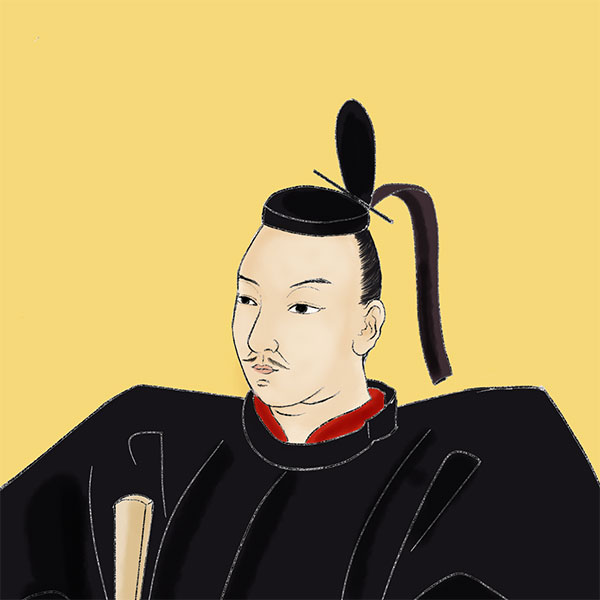Osaka summer camp (1/2)Toyotomi Soke finally falls
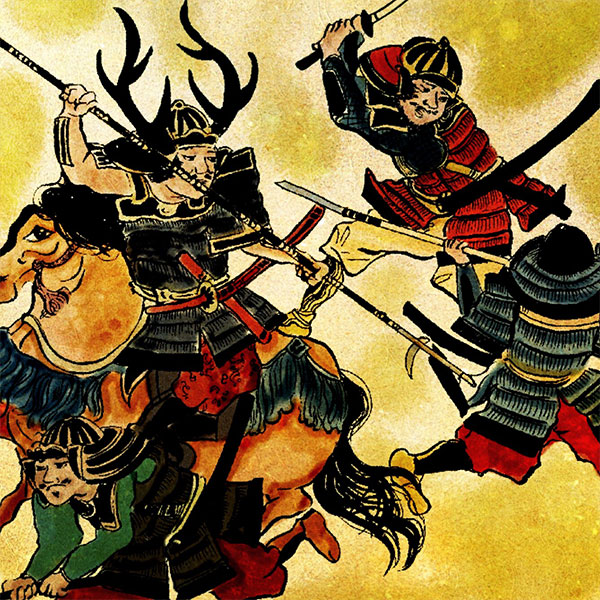
Osaka summer camp
- Article category
- case file
- Incident name
- Osaka Summer Camp (1615)
- place
- Osaka Prefecture
- Related castles, temples and shrines

Osaka Castle

koriyama castle
- people involved
The battle in which Tokugawa Ieyasu destroyed the Toyotomi family was the ``Osaka no Jin'', which consisted of two battles: the ``Osaka Winter Jin'' and the ``Osaka Summer Jin''. During the Osaka Winter Siege in 1614, both the Toyotomi and Tokugawa families were dealt a blow, but peace was concluded, but the conflict between the two families remained unchanged. Then, in 1615, the Summer Siege of Osaka occurred. Ieyasu was on the verge of committing seppuku due to Sanada Yukimura's onslaught, but he managed to recover and capture Osaka Castle. This time, I will explain about the Osaka Natsujin. (Winter camp is a separate articlePlease refer to)
Looking back on the Osaka winter camp
Before we explain the Osaka Summer Siege, let's take a look at why the Osaka Siege happened in the first place, and what the results were for the Osaka Winter Siege in the first half. The cause of the Osaka Siege was the conflict between the Tokugawa and Toyotomi families. Tokugawa Ieyasu ascended to the rank of Seii Taishogun in 1603, established the Edo shogunate, and then handed over the Seii Taishogun title to his eldest son, Hidetada Tokugawa, in 1605. The position of shogun was made hereditary to the Tokugawa family.
The Toyotomi family, the lord of the Tokugawa family, opposed this. To begin with, the Toyotomi family believed that after Toyotomi Hideyoshi passed away, Ieyasu was there to support the young Toyotomi Hideyori who succeeded him. He thought, ``Now that Hideyori has grown up, it is Hideyori who will succeed Ieyasu.'' Hideyori's mother, Yodo-dono, who was a central figure in the Toyotomi family, became furious with Ieyasu, and the two families began to conflict.
Under these circumstances, regarding the inscriptions ``Kokka Ankou'' and ``Kunshin Horaku Descendant Yin Sho'' carved on the temple bell of Hokoji Temple in Kyoto City, which was rebuilt by the Toyotomi family. , criticized the Tokugawa family, saying, ``It means that the character of Ieyasu is divided, and the Toyotomi family will prosper as a monarch.Isn't this a curse against the Tokugawa family?'' This is what is commonly known as the ``Hokoji Temple Bell Incident,'' and it was the trigger for the outbreak of the Osaka Siege.
Thus, on November 19, 1614, the Osaka Winter Camp began. The Tokugawa army, which numbered about 200,000 and included various feudal lords, opposed the Toyotomi army with about 100,000 former Toyotomi vassals who had become ronin in battles such as the Battle of Sekigahara and Kaiyi.
At first, the Tokugawa army was successfully defeating the Toyotomi army, but they were having a hard time attacking the Toyotomi army holed up in Osaka Castle. Furthermore, the Sanada Maru, led by Yukimura Sanada, harassed the Tokugawa army at Osaka Castle. Meanwhile, the Tokugawa army began a strategy to mentally corner the Toyotomi army by bombarding Osaka Castle repeatedly day and night. Peace negotiations between the Toyotomi army and the Tokugawa army began after an incident in which Yodo-dono's maid was killed or injured by artillery fire, and peace was concluded on December 18th. The Osaka winter camp has come to an end.
As a result of the peace negotiations, Osaka Castle's outer moat was buried, Sanada Maru was destroyed, and Ninomaru and Sannomaru were removed. The loss of Osaka Castle's moat and Sanadamaru, which were the key to its defense, was a major blow to the Toyotomi family. The failure to protect the moat during peace negotiations led to the defeat at the Summer Campaign in Osaka.
And then to Osaka Summer Camp
After the end of the Osaka Winter Siege, Tokugawa Ieyasu returned to Sunpu (present-day Shizuoka Prefecture). The Toyotomi family who remained at Osaka Castle secretly ordered the ronin to restore the moat and walls. Since Osaka Castle was completely exposed, they tried to strengthen its defense somehow. By the way, as a result of the Osaka Winter Siege peace negotiations, the ronin hired by the Toyotomi family were not charged with any crime, and they remained in Osaka Castle.
An incident occurred in which this ronin assaulted the people in the town of Osaka Castle. Furthermore, as the Toyotomi family was stockpiling rice and lumber, Ieyasu in March asked the Toyotomi family to either dismiss the ronin or relocate the Toyotomi family (move out of Osaka Castle). Ta. The answer from the Toyotomi family is no. Therefore, on April 6th, Ieyasu ordered the daimyo to attack the Toyotomi family.
On the other hand, the Toyotomi family was in internal conflict between Hideyori Toyotomi and Harunaga Ohno, who sought peace, and Harufusa Ohno (Harunaga's younger brother), who wanted to fight against the Tokugawa family. Under these circumstances, Ieyasu's demands were difficult to accept. Believing that a battle was inevitable, the Toyotomi family prepared for battle by preparing weapons and digging moats. By the way, some people abandoned the Toyotomi family and left Osaka Castle at this stage, so the number of troops decreased to around 78,000.
Osaka Summer Campaign ① Solitary struggle - Matabei Goto
And on April 26th, Osaka Summer Camp will begin. Since Osaka Castle had been completely exposed, the Toyotomi side decided to settle the battle in the open rather than in a caged battle like the Osaka Winter Siege. They launched a preemptive attack on the Tokugawa army approaching Osaka Castle from the Kawachi (eastern part of Osaka Prefecture), Yamato (Nara Prefecture), and Kii (Wakayama Prefecture) directions.
On April 26, Harufusa Ohno attacked Koriyama Castle (Yamato Koriyama City, Nara Prefecture) in Yamato Province, which was ruled by Sadaki Tsutsui of the Tokugawa side, and captured the castle with 2,000 soldiers. Furthermore, on the 28th, they set fire to Sakai, where they were helping the Tokugawa family procure supplies. He then tried to attack Nagaaki Asano in Kii Province (Wakayama Prefecture), but failed and returned to Osaka Castle (Battle of Kashii).
On May 6th, the ``Battle of Domyoji'' occurred, in which the Toyotomi army intercepted 3,500 Tokugawa troops led by Date Masamune coming from the Yamato direction. Goto Matabei had set out from the Toyotomi army as a starter, and was scheduled to join up with Mori Katsunaga, Sanada Yukimura, and others at Kokubu (Kashiwara City, Osaka Prefecture) and attack the Tokugawa army, but the Toyotomi army was a motley army. The cooperation is not working properly. One theory is that they were unable to merge properly due to the thick fog. Toyotomi's army, which was originally a collection of ronin, did not have very high ability to share information or lead in emergencies, and this led to the defeat of the Osaka Winter Siege.
The Matabei Army was the first to arrive at the rendezvous point, but the Tokugawa army had already been deployed to Kokubu. For this reason, Matabei set up camp on nearby Mt. Komatsu and tried to somehow hold back the Tokugawa army while waiting for reinforcements. The Tokugawa army attacked this, and after a fierce battle that lasted about eight hours from 4 a.m. to noon, Matabei was killed in action.
Afterwards, Katsunaga Mori, Yukimura Sanada, and others who were late to the meeting place rebuild the collapsed army and fight against the Tokugawa army's Date Masamune troops. At this time, Yukimura and his friends were inspired and succeeded in pushing back Masamune's troops. Eventually, the battle line reached a stalemate, but at this time, the Toyotomi army received a defeat at the Battle of Yao and Wakae and an order to retreat from Osaka Castle, and the Toyotomi army retreated. The Tokugawa army, on the other hand, did not pursue them due to the fatigue of their soldiers.
At this time, Yukimura was in charge of the retreating Toyotomi army, and he told the Tokugawa army, ``There are a million troops in the Kanto region, but not a single man.'' Isn't there one?'' he said.
Osaka Summer Campaign ② Battle of Yao and Wakae
On the same day, the ``Battle of Yao-Wakae'' was fought between the main Tokugawa army attacking from Kawachi and the Toyotomi army. The Tokugawa army consisted of 55,000 soldiers led by Todo Takatora, Ii Naotaka, Honda Tadatomo, Maeda Toshitsune, Matsudaira Tadanao, and others, followed by the main army of about 120,000 soldiers, including Tokugawa Ieyasu and Hidetada and their son. The opposing Toyotomi army consisted of 6,000 soldiers led by Shigenari Kimura and 5,300 soldiers led by Morichika Chosokabe and Moritsugu Masuda.
- people involved

- WriterNaoko Kurimoto(Writer)I am a former travel industry magazine reporter. I have loved history, both Japanese and world history, since I was a child. I usually enjoy visiting temples and shrines, especially shrines, and often do ``pilgrimages to sacred places'' themed around historical figures. My favorite military commander is Ishida Mitsunari, my favorite castle is Kumamoto Castle, and my favorite castle ruins is Hagi Castle. My heart flutters when I see the ruins of battle castles and the stone walls of castle ruins.




